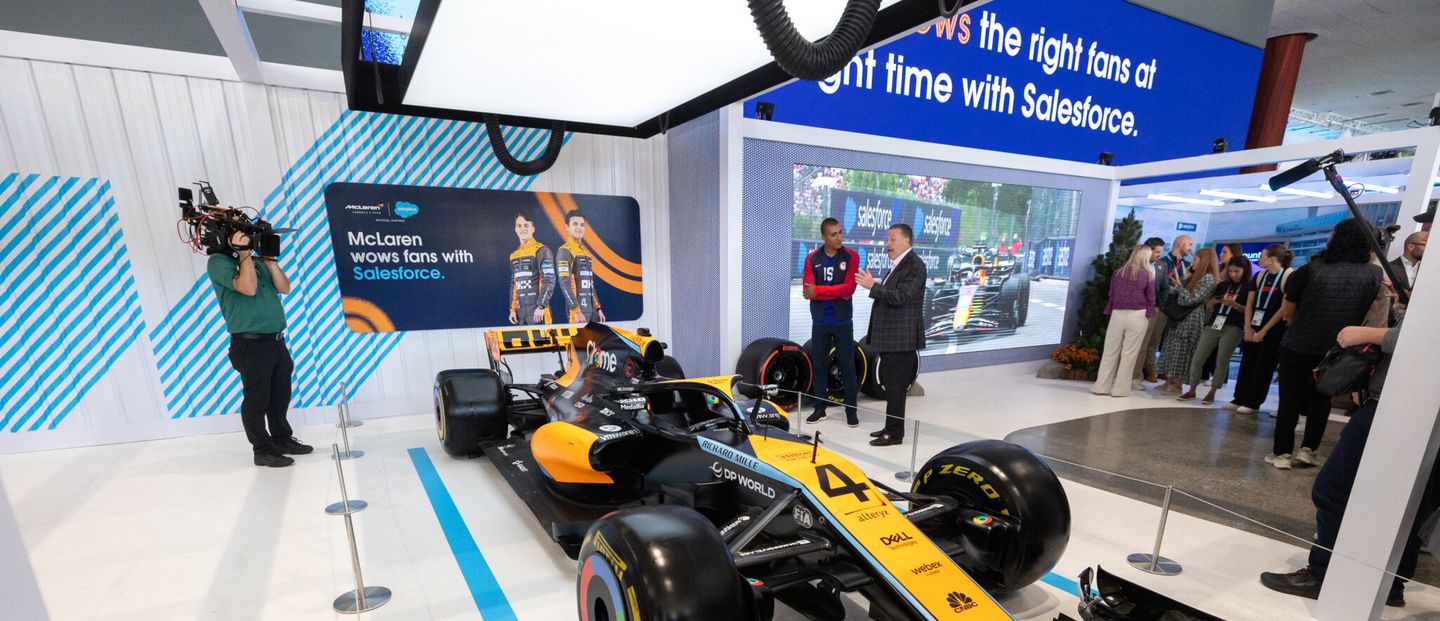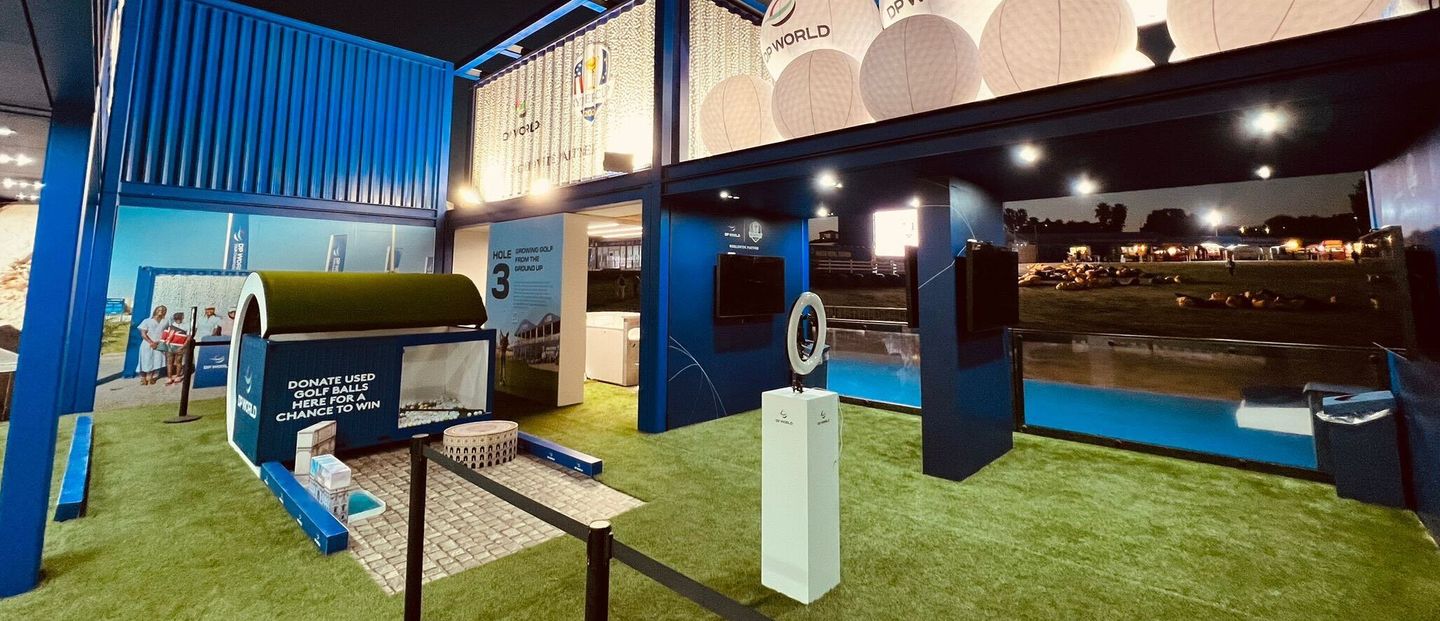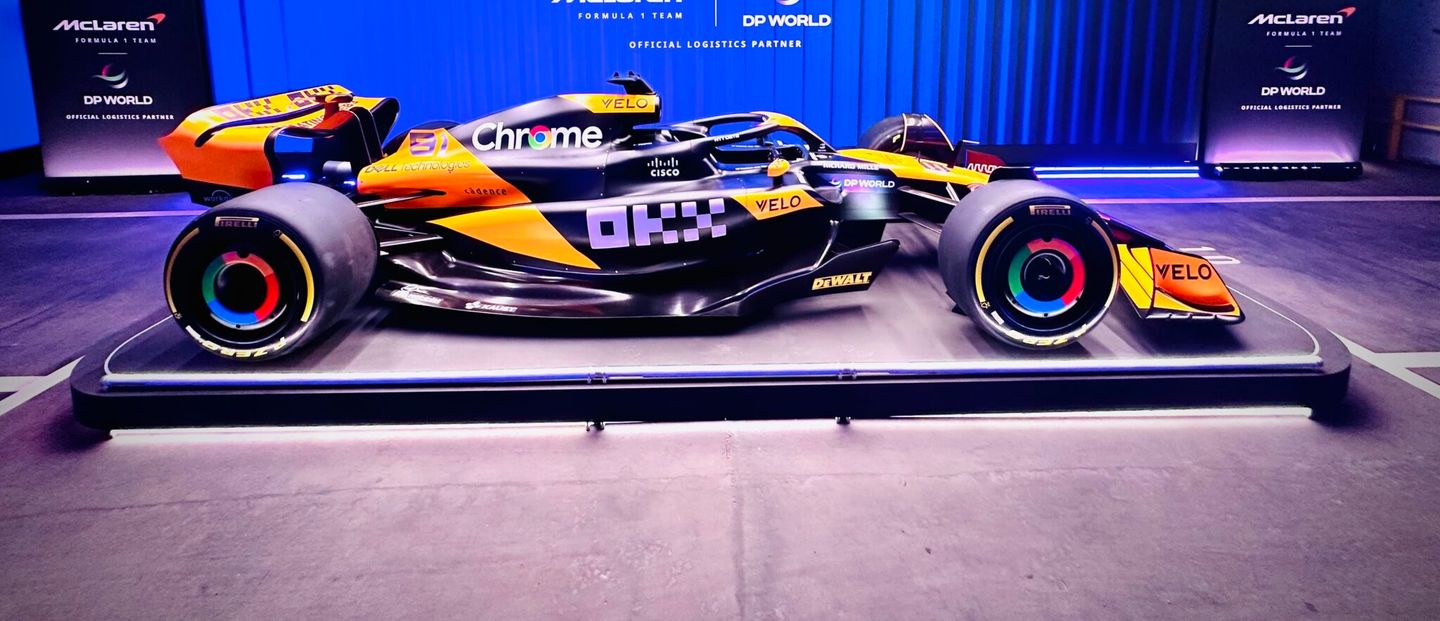Edd Hood
GPJ UK, Senior Director of Sports Activations
The Rising Importance of Experiences
It’s been well documented that the world craves experiences over material items now, something borne out of the pandemic, however what does is actually mean in the context of experiential marketing for GPJ and with sports in particular.
The Strategic Nature of Experiential Marketing
Firstly, it’s not something which ‘just happens’ and as we think, shouldn’t be bolted on as a consideration to an existing marketing programme. All experiential marketing professionals understand it as a craft and, certainly at GPJ, something rooted in strategy. The ability to differentiate between audiences, create experiences for specific moments and deliver something which cuts through the noise are the foundations of success.
Cutting Through the Clutter
On average we see 36,000 visual elements per hour, most pass through the brain without registering; however the aim of experience marketing is to convert an ever-increasing amount of these stimuli into action. Giving each one ‘a stickiness’ for the recipient is crucial to ensuring either an immediate action or the subject hanging around longer due to its source.
It may sound complicated, but studies show that if we experience something rather than just seeing it – giving it more stickiness – we’re 64% more likely to recall it and for longer, 91% more likely to enact a purchase and 77% more likely to trust it. And who doesn’t want to be more trusted?

Leveraging Passion in Sports Marketing
Taking that into a sports world, we’re able to add the important ingredient of ‘passion’. It’s in most of our DNA to be tribal and to generate associations with likeminded people who buy into the same ideology. This is the basis of most sports marketing investment, the ability to add a transformative experiential element that provides a springboard for brands and rightsholders to deliver something truly exciting.
Enhancing Social Media with Experiential Marketing
Experiential marketing is also able to bring the myriad of social media platforms alive. It’s estimated that each month, the average person interacts with between six and seven social media sites. The medium is now the engine house of our search and with media investment in 2025 expected to grow to £215bn in the US alone, the scene is set for algorithms to serve up more competing content than ever before. From a sports perspective, we’re inundated with first, second and third party sources, how can any one fan or casual supporter be expected to understand the value of communications unless we provide a physical outlet with which we can associate. Well thought out, considered sports content and campaigns will always rise to the top however they have to work much harder than ever before due to the fragmented landscape in which it sits.

The Power of Hyper-personalisation
As with all things in life, what works for one person may not work for another and one of the key benefits of the aforementioned social media is the hyper-personalised platform it delivers. Sports experiential can provide a similar if not better version of this by understanding the recipient, knowing his/her preferences, location, timings and other key elements to deliver the crucial physical connection there and then. Of course it doesn’t always have to be this complex but tailoring the approach according to the situation and messaging objectives will ensure more relevant communications stick in the memory and evoke more action.
In short, the role of experiential is crucial to cutting through the clutter, generating a real world, tangible connection. Absolutely it can and in many cases, should, involve digital elements, engaging use of data and fulfil a part of an integrated marketing campaign but for many sports brands, it should also jump a few rungs on the priority list to truly reach end users no matter is they’re defined as B2B, B2C or B2G.






